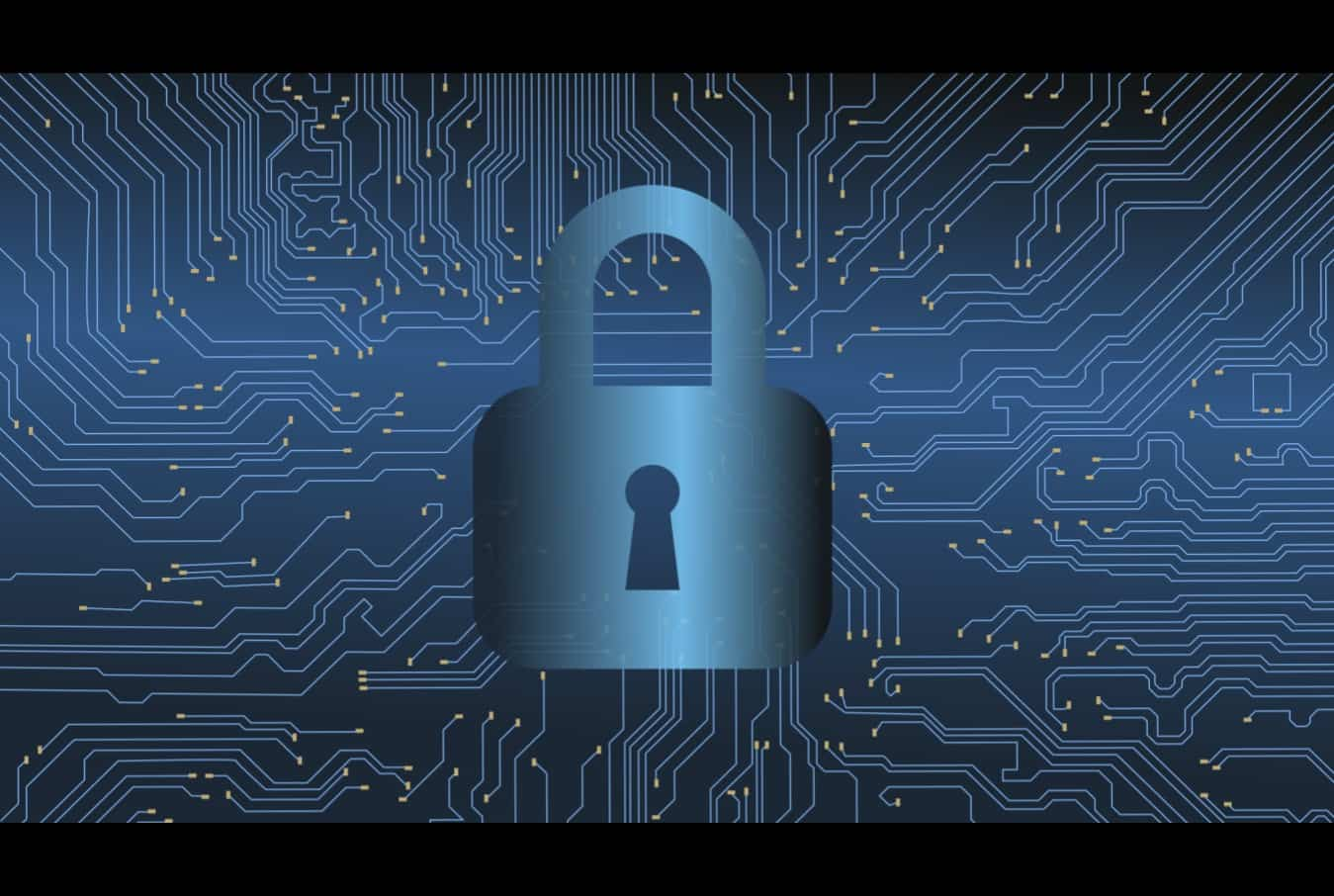If you have a business and you don’t have an online presence, you’re handicapping yourself. That’s just how it is today. Without harnessing the power of the internet and social media, you’re losing out on a substantial number of customers.
But putting yourself and your business out in the digital world exposes you to threats. You must have heard of phishing scams, malware, and other cyber crimes committed by hackers.
If you think that hackers only have big targets on their sight, such as banks and government offices, think again. Small and medium-sized businesses have the highest risk of cyberattack.
To protect your business and your customers, follow these five cybersecurity best practices.
1: Keep Your Software and Hardware Up-to-Date
Hackers will look for any weaknesses and flaws to gain access to your network. If the software protecting your computers are outdated, it means that the cybercriminals have had more time to search for exploits. The software should be patched or updated whenever new versions are available.
Software exploits are more common but hackers can also attack your old hardware. Newer hardware is more hack-resistant. You should include hardware upgrades in your budget and don’t forget to update the firmware also.
To further boost your defenses, you should consider IT support either in-house or outsourced. Managed IT services providers can provide solutions to your tech security problems. Learn more about them.
2: Educating Employees is One of the Top Cybersecurity Best Practices
It’s easier to hack people than computers.
Attackers will always go for the weakest link. And in most cases, these are the people in your company. It could be you or it could be anyone untrained in network security methods.
It’s essential to teach your employees about cybersecurity. Curious individuals often fall victims to phishing scams and other forms of trickery. Training will help them recognize these threats.
3: Discipline and Vigilance
Do not be lazy and do not take shortcuts.
An easy example is in the process of creating passwords. Most people think that hackers will not bother digging up personal details to guess that your password is your mother’s nickname and the day you graduated from college. But they do and they do it with surprising efficiency.
Don’t click links willy-nilly and don’t open suspicious emails. Do regular antivirus and anti-malware scans on your workstations. If you have to work outside and use a public network, use a VPN.
4: Encrypt Your Data
It’s not the end of the world if some data are taken from you. But that’s only true if your data has strong encryption.
You should encrypt data whenever possible, especially when they’re at their most vulnerable. You’ll want the highest protection when you’re transferring data over a shared network or on the internet.
5: Back up Your Data
Encryption is a very strong weapon against hackers but they can also use it against you. When they get access to your data, they’ll encrypt and hold them for ransom. Your data will be useless to you unless you pay for the key to decrypt them.
This is the reason why you need another layer of protection. You need to create backups in case you get into this situation. Of course, backups are still a good idea even without the threat of a cyber attack.
Logging Off
By adopting these cybersecurity best practices, you’ll be able to protect your business from malicious parties. We hope that every time you log off for the day, you’ll rest easy knowing that your business is safe and sound.
Take your online business to the next step with dedicated servers. Click here to know how to choose the best-dedicated server for your business.










